Ancient Roman Bust, form the Series Antiquities of Herculaneum, is an original etching on paper realized by Filippo Morghen. Signed on the plate, on the lower right. Good conditions except for some foxings. The etching belongs to the print suite “Antiquities of Herculaneum Exposed” (original title: “Le Antichità di Ercolano Esposte”), an eight-volume volume of engravings of the finds form the excavation of the ruins of Herculaneum in the Kingdom of Naples (now Campania, Italy). It was published between 1757 and 1792 by the Regia Stamperia, and copies were delivered to selected recipients across Europe. Despite the title, the Antiquity of Herculaneum shows objects form all the excavations undertaken by the Bourbons in the Gulf of Naples. These include Pompeii, Stabia and two sites of Herculaneum: Resina and Portici. The Bourbon King Carlo appointed fifteen scholars creating a new “Herculaneum Academy” to study the artifacts and publish the results of the archaeological excavations of the sites. The engravings are of high quality and the accompanying text shows a large scholarship. They were realized by 25 prominent artists involved by the King to prepare drawings and engravings on the finds, among which we can find Giovanni Elia Morghen, Carlo Nolli, Luigi Vanvitelli and Giovanni Battista Casanova. The “Antiquities” was designed more to amaze readers with the quality of the objects in the collection of the King of Naples than to be used in research., following and increasing the interest of 18th century society for the classical culture and Art in particular. Through the exaltation of the classical concept of proportions and harmony, the book was of inspiration to the neoclassical movement in Europe, giving artists and decorators access to a huge shop of Hellenistic motifs. Ref.: National Gallery (Washington), Mark J. Millard Architectural, IV (2000), no. 1; L. Garcia y Garcia, Nova bibliotheca pompeiana (2 v., 1998); Royal Institute of British Architects, British Architectural Library ... Early printed books, 1 (1994), no. 112. U. Pannuti, 'Incisori e disegnatori della Stamperia Reale di Napoli nel secolo XVIII: la pubblicazione delle Antichità di Ercolano', in Xenia antiqua, 9 (2000), p. 151-178; V. Trombetta, 'L'edizione de Le Antichità di Ercolano esposte' in Rendiconti dell'Accademia di Archeologia, lettere e belle arti di Napoli , 59 (1984), p.151-172.
Antike römische Büste, aus der Serie Antiquitäten von Herculaneum, ist eine Original-Radierung auf Papier realisiert von Filippo Morghen. Signiert auf der Platte, unten rechts. Guter Zustand bis auf einige Stockflecken. Die Radierung gehört zur Druckfolge "Antiquities of Herculaneum Exposed" (Originaltitel: "Le Antichità di Ercolano Esposte"), einem achtbändigen Band mit Stichen der Funde aus der Ausgrabung der Ruinen von Herculaneum im Königreich Neapel (heute Kampanien, Italien). Es wurde zwischen 1757 und 1792 von der Regia Stamperia herausgegeben, und Kopien wurden an ausgewählte Empfänger in ganz Europa geliefert. Trotz des Titels zeigt The Antiquity of Herculaneum Objekte aus allen Ausgrabungen, die von den Bourbonen im Golf von Neapel durchgeführt wurden. Dazu gehören Pompeji, Stabia und zwei Stätten von Herculaneum: Resina und Portici. Der Bourbonenkönig Carlo ernannte fünfzehn Gelehrte, die eine neue "Akademie von Herculaneum" gründeten, um die Artefakte zu studieren und die Ergebnisse der archäologischen Ausgrabungen der Stätten zu veröffentlichen. Die Stiche sind von hoher Qualität und der begleitende Text zeugt von einer großen Gelehrsamkeit. Sie wurden von 25 prominenten Künstlern realisiert, die vom König beauftragt wurden, Zeichnungen und Stiche zu den Funden anzufertigen, unter denen wir Giovanni Elia Morghen, Carlo Nolli, Luigi Vanvitelli und Giovanni Battista Casanova finden können. Die "Antiquitäten" waren eher dazu gedacht, die Leser über die Qualität der Objekte in der Sammlung des Königs von Neapel zu verblüffen, als dass sie der Forschung dienten. Sie folgten und steigerten das Interesse der Gesellschaft des 18. Durch die Verherrlichung des klassischen Konzepts von Proportionen und Harmonie war das Buch eine Inspiration für die neoklassische Bewegung in Europa und gab Künstlern und Dekorateuren Zugang zu einem riesigen Fundus an hellenistischen Motiven. Ref.: National Gallery (Washington), Mark J. Millard Architectural, IV (2000), Nr. 1; L. Garcia y Garcia, Nova bibliotheca pompeiana (2 V., 1998); Royal Institute of British Architects, British Architectural Library ... Frühe gedruckte Bücher, 1 (1994), Nr. 112. U. Pannuti, 'Incisori e disegnatori della Stamperia Reale di Napoli nel secolo XVIII: la pubblicazione delle Antichità di Ercolano', in Xenia antiqua, 9 (2000), p. 151-178; V. Trombetta, 'L'edizione de Le Antichità di Ercolano esposte' in Rendiconti dell'Accademia di Archeologia, lettere e belle arti di Napoli , 59 (1984), S.151-172.

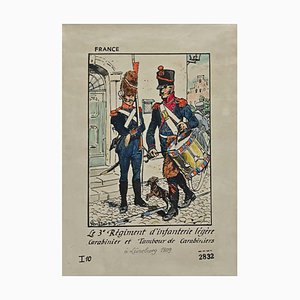
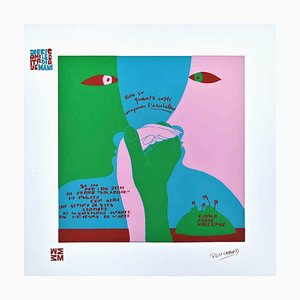

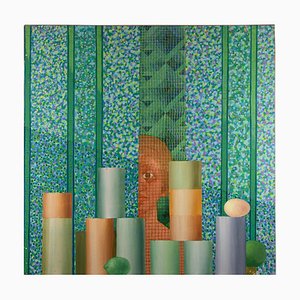

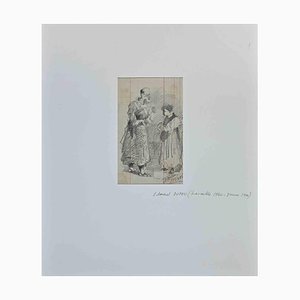
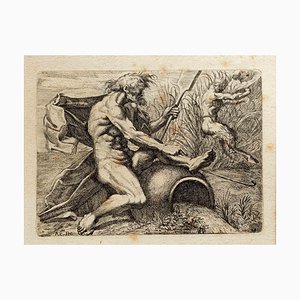

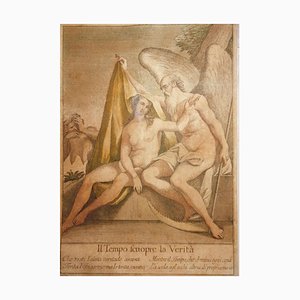

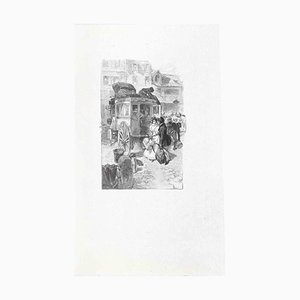
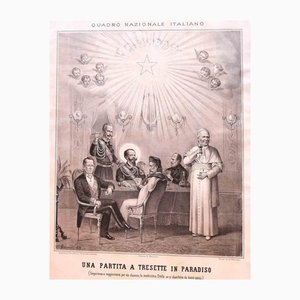
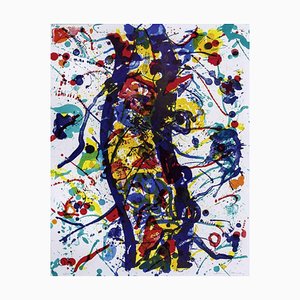
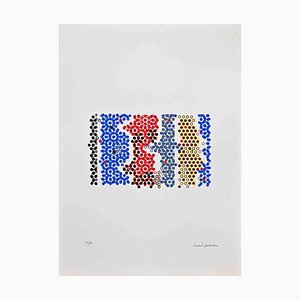
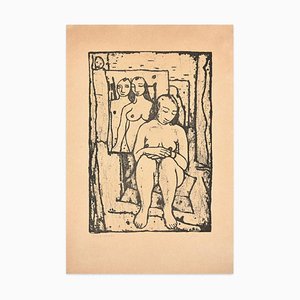
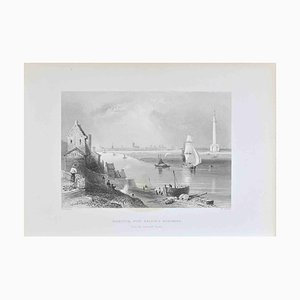
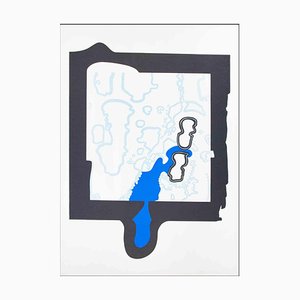

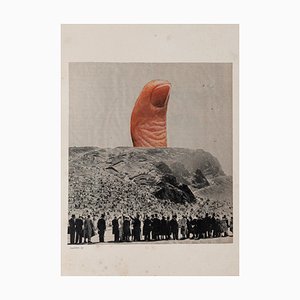
Schreiben Sie uns
Ein Angebot machen
Uns ist aufgefallen, dass Sie neu bei Pamono sind!
Bitte akzeptieren Sie die Allgemeinen Geschäftsbedingungen und die Datenschutzerklärung
Schreiben Sie uns
Ein Angebot machen
Fast geschafft!
Um die Kommunikation einsehen und verfolgen zu können, schließen Sie bitte Ihre Registrierung ab. Um mit Ihrem Angebot auf der Plattform fortzufahren, schließen Sie bitte die Registrierung ab.Erfolgreich
Vielen Dank für Ihre Anfrage! Unser Team meldet sich in Kürze bei Ihnen zurück.
Wenn Sie Architekt*in oder Inneneinrichter*in sind, bewerben Sie sich hier um dem Trage Program beizutreten.